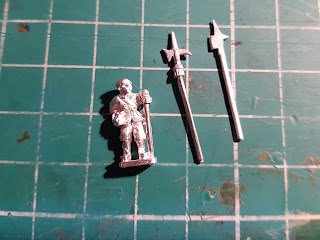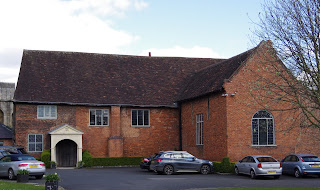Scotland the Brave: A Work in Progress

I know, I know, I did say out loud that I wasn't going to build a Covenator army. I hold my hands up: guilty as charged your honour! Bit of a tricky one this. The manufacturer of my figures does do a range of Scots, but in comparison to the English it is quite limited. The biggest issue is currently there are no lowland pikes open handed. At the moment I've planned on three regiments of foot, a couple of generals, a preacher, and an Earl of Leven figure with standard. I've already mentioned the issue with the pikemen; musketeers, sadly, only come in one pose, and there are no halberdiers. The lowland musket pack was a big influence in my buying into the PP range at the start. They are beautiful figures. Just a bit of a shame there are only three variants of the firing pose (unlike the English musketeers who have rests or not, are loading/standing/firing/marching/waving their muskets in the air/ and have a variety of hats). Command stand is covered by a pack, but wha...






